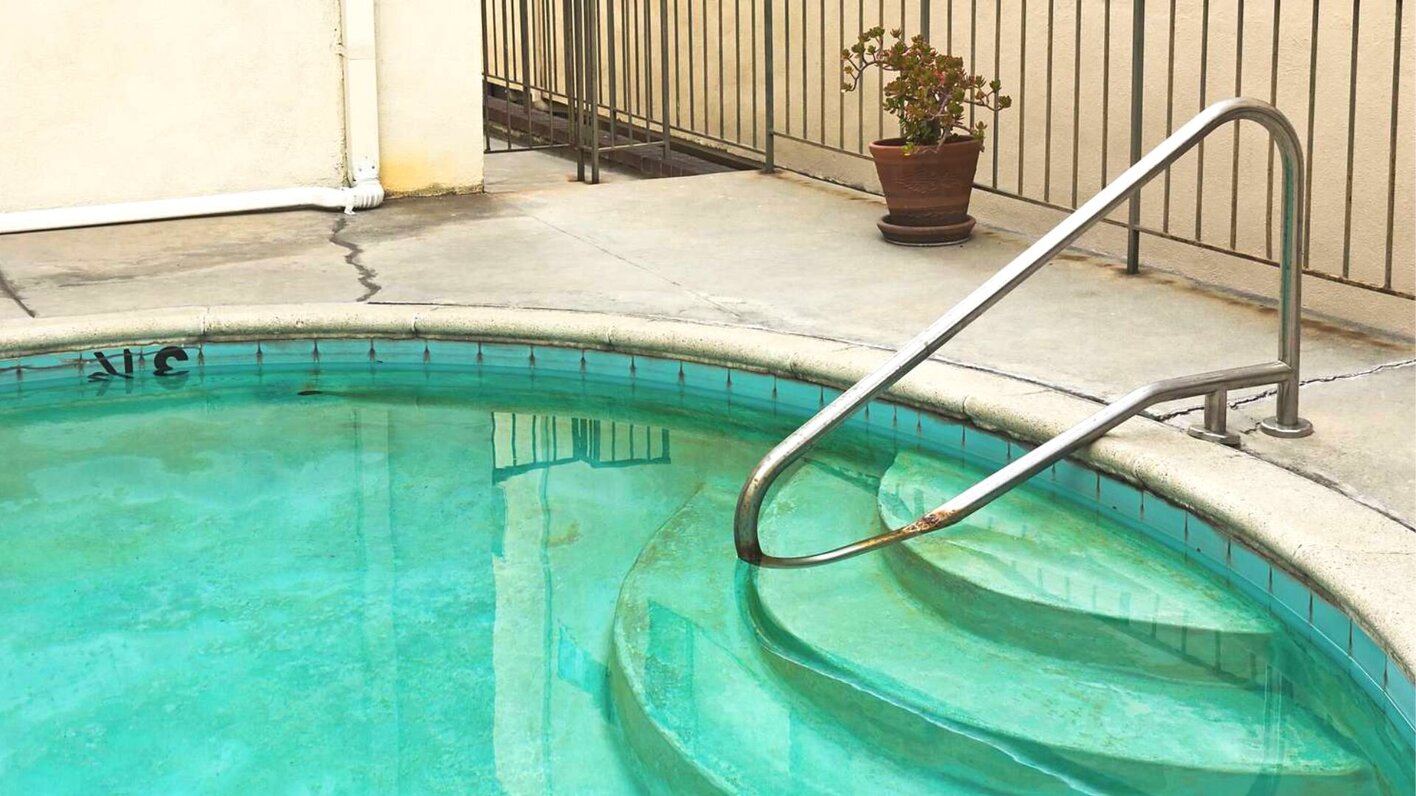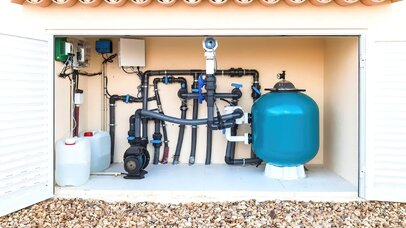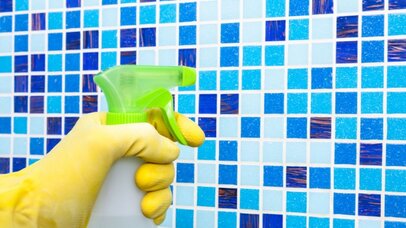A swimming pool is one of the best ways to cool yourself and relieve the body from stress, wouldn’t you agree?
But what happens if you find sand in the pool? Aussie homes with swimming pools often notice sand sitting, ideally, at the bottom of the pool. Although this might seem like a mystery, several reasons exist.
For instance, if you live near a beach, you might find sand in your swimming pool because strong winds can carry it away. But this problem can be solved if you cover the pool without using it.
Several other reasons can lead to sand deposition within the pool, and we have compiled this guide to help you identify the different causes. We have also mentioned a few ways to fix and prevent the problem from happening in the future.
Reasons For Sand In Your Pool
If you notice sand in the pool while the filter is still running, it indicates that it is broken and needs to be repaired. Here is a list of components that can stop functioning inside a pool filter:
1. Standpipe
This component is usually found inside the sand filter and runs down the centre of the appliance. The top end of the standpipe is connected to the multiport valve, while the bottom end is connected to the laterals.
Most standpipes are made from strong, rigid plastic but are still prone to cracks and leakages. Hence, you will find sand in the pool if the standpipe cracks while working.

2. Laterals
Like a standpipe, the laterals are inside the sand filter tank. The water enters the filter from the top and runs down the chamber while small debris, sand and other forms of contamination are filtered out of the water.
This clean water is expelled from the bottom of the filter and sent into the pool through the return jets. While expelling the water into the pool, the filter prevents sand and other particles from escaping with the help of 8-10 laterals.
The laterals act as sieves since they contain tiny perforations on their surface to absorb all the sand or foreign particles and prevent them from escaping. If the laterals crack, sand in your pool will escape from the filter and enter the pool with clean filtered water.
How To Fix Broken Laterals Or A Standpipe?
No matter how much you try, you cannot determine what caused the standpipe and laterals to break. The standpipe may have broken when the filter was moved unexpectedly. Too much sand accumulation can increase the load and put a lot of pressure on the laterals, causing them to crack.
Another possible reason they malfunction is when the filter is old and worn out. Regardless of what happened, it would be best to fix them to prevent sandbars from forming in the pool.
Laterals tend to crack more than a standpipe, but replacing both is recommended for better results. Replace the broken pieces of the standpipe and laterals with the new parts before adding the filter sand.
While doing this step, we highly recommend you order a couple of new standpipes and laterals. If one of the components breaks during the installation, you can swap it with another.
After changing the components, you can reassemble the pool filter before removing the sand in your pool.
How To Remove Sand From Your Pool
You don’t have to worry whenever a sand filter breaks down since most sand dumped into the pool collects in one corner. This makes removing it easy since you don’t have to deal with scattered sand particles.
Here are a few steps to help you remove sand from the pool without hassle.
- Take a pool brush and push all the sand to one corner of the pool.
- Set the repaired filter to clean the water and vacuum all the sand into the filter.
- You can also use activated carbon to remove any remaining impurities from the water.
- Check the water with test strips to see if the pool chemicals are balanced
As you can see, fixing a pool with sand deposited at the bottom isn’t a big nightmare, provided the sand is not scattered everywhere.
If the sand is scattered all over, we recommend draining the entire pool so that you can clean it before adding fresh water. But this process will take longer since you must wait for the pool to dry before washing it properly.
What If The Problem Is Not With The Sand Filter?

There are certain rare instances when you might find sand-like substances deposited at the bottom of the pool, although the filter works fine. This is a bad sign; we don’t recommend entering the pool since it is infected with yellow pool algae.
Yellow pool algae or mustard algae often grow in poorly maintained ponds. One of the best ways to determine if algae grow in a pond is to push it around with a pool brush.
If the sand-like substance disperses into a cloud, it is a clear sign that yellow pool algae is growing in the pond. We recommend contacting a professional to remove it before the algae covers the entire pool.
Removing Sand From Your Pool
Before signing off, here are a few tips that can help you prevent the problem from happening again.
Firstly, you should always check the water quality before filling the pool. If you notice that the water contains fine sediments and looks murky, we suggest waiting until the water is clean and clear.
Also, you should always clean the pool sand filter regularly because the machine can malfunction if you don’t clean it on time. However, when the problem persists, we recommend contacting The Pool Co since they are one of the top pool builders in Sydney. They specialise in all types of pool services, most of which are affordable.
After reading our guide, we hope you find a quick solution and enjoy soaking in the swimming pool!



